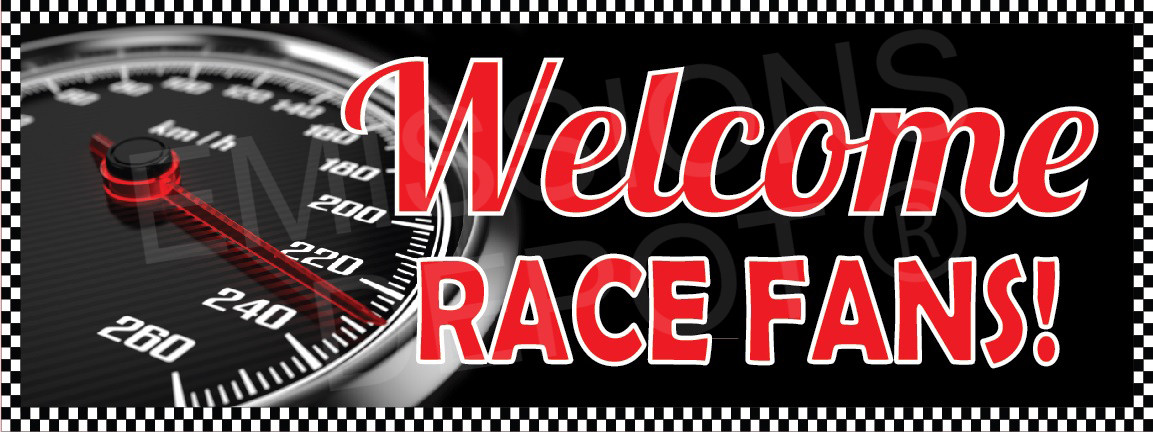|
welcome race fans to krazyaboutracing.com we are now in our 23rd year of being the leader in motorsports coverage on the world wide web WE MAY NOT HAVE ALL THE WHISTLES & BELLS OF OTHER SITES , hOWEVER have THE most complete MOTORSPORTS COVERAGE on the web ! |

